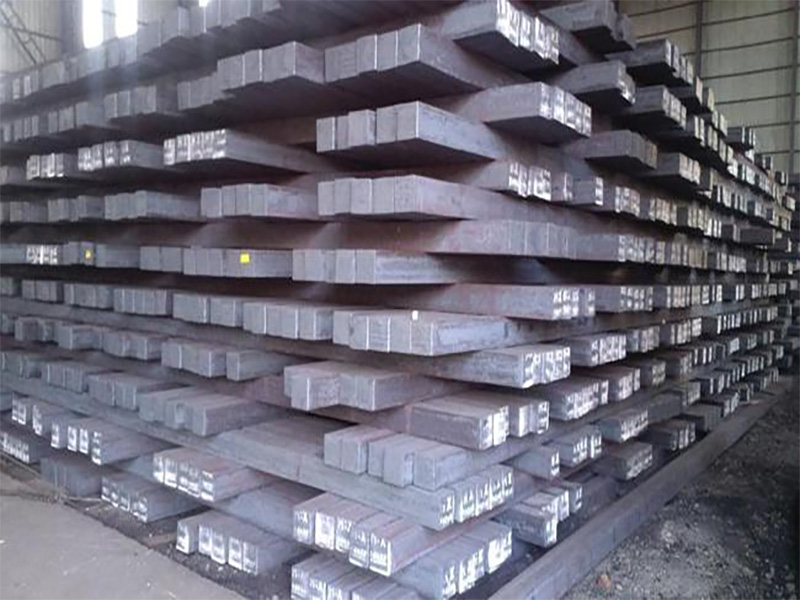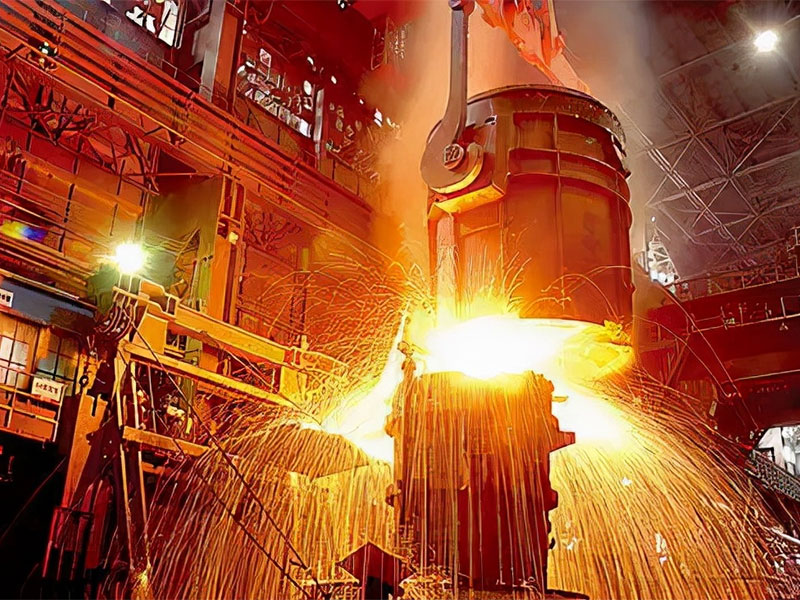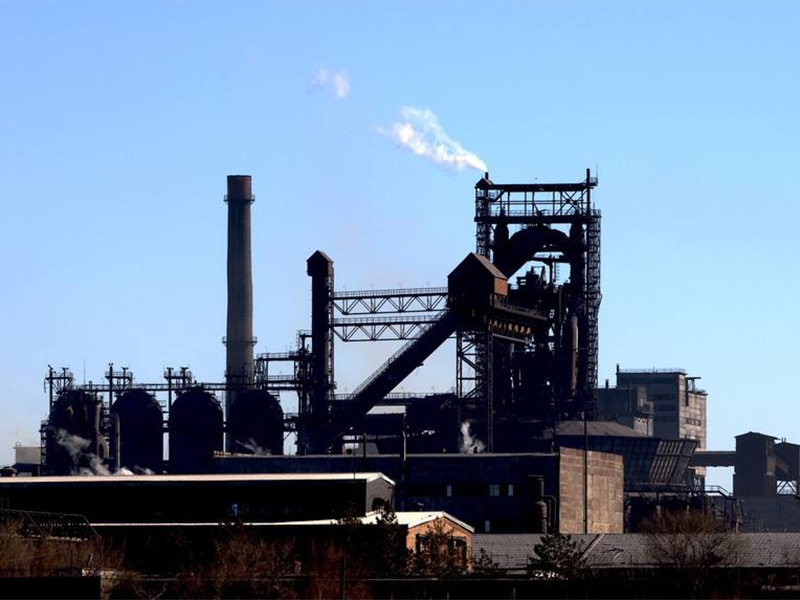

Before we know the defects in billets, we need to understand the production process and the characteristics of steel blanks
Primary Steel are made from ingots, which are heated equally and rolled. Therefore, the initial Steel has a wide range of specifications and many steel grades. Ingot after compression ratio of 20-30, rolled into the initial billet compression ratio is large, thereby improving the organization. However, rolling cannot eliminate the ingot surface defects, nor can it eliminate internal defects such as segregation and shrinkage. The surface quality and internal quality of the initial billet depends mainly on the original condition of the ingot.
The initial rolling Steel in the production of burn and to cut the head, cut the tail, so the initial rolling Steel metal yield is about 10% lower than the continuous casting billet.

Continuous Steel casting is made by direct pouring of steel and drawing and straightening. The continuous casting billet process reduces the reheating of the ingot and the cutting of the head and tail after opening the billet, resulting in high metal yield and low energy consumption. In this regard, it has the advantages of primary billet incomparable.
However, due to the continuous casting of small billet quality is not easy to ensure that the small specifications of the continuous casting billet is not easy to produce, some steel (especially boiling steel and some alloy steel) can not be produced. Therefore, high-speed wire rod plant can not all use continuous casting small square billet as the production of wire rod billet.
Foreign in order to expand the continuous casting billet steel, improve the quality of the billet, some manufacturers first cast a large billet of more than 300mm, and then after the continuous rolling mill rolled into a small billet needed for wire rod rolling mill.

The main defects in billets its source can be divided into two categories: steelmaking and ingot defects and defects caused by the initial rolling open billet rolling Steel.
From the defective parts can be divided into two kinds of surface defects in billets and internal defects in billets.
Surface defects in billets : scars, cracks, cracks, cracks, teeth, folding, scratches, indentations, dents, corner dissatisfaction, bending (see curvature), blow-ups, shear defects, poor cleaning, splitting, size overruns, etc..

internal defects in billets: inclusions (see non-metallic inclusions), shrinkage residue (see shrinkage), air pockets, air bubbles, air holes, internal cracks, tail holes

For Further Details,Please Feel Free To Contact Us: